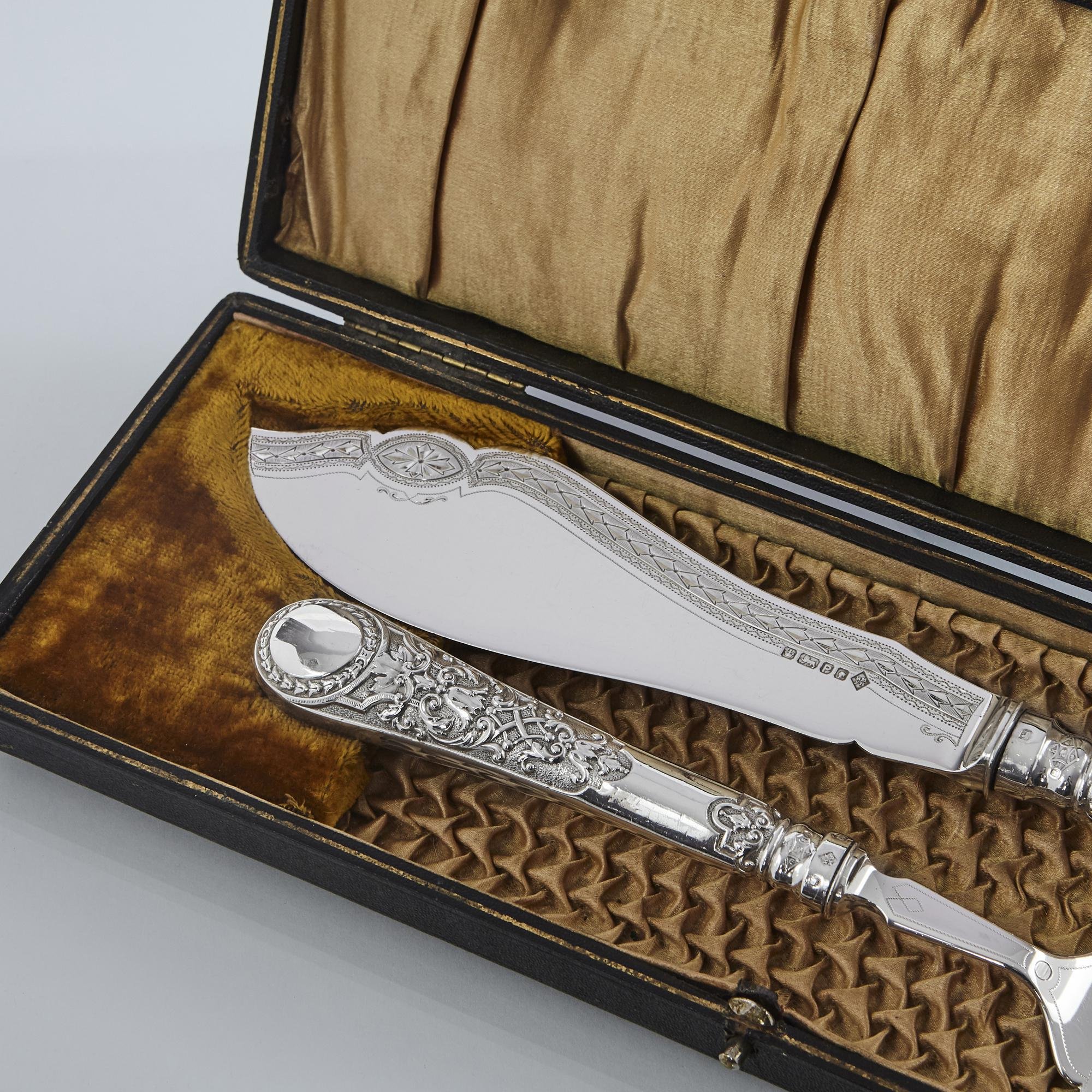Walter Sickert - grime, sex and death
26 MAY 2022
A look at the British artist who gravitated to the darkest of themes and hues, shocking contemporaries as well as some of us today.
Elise Bell
Elise Bell is an arts writer and commentator with bylines in The Independent, Elephant Magazine, The Guardian, Dazed and more.
Walter Sickert, Gallery of the Old Bedford, 1894-5.
Purchased by the Walker Art Gallery in 1947. Image courtesy of Tate (Sonal Bakrania).
In her 1935 memoir, I Have Been Young, British Suffragette Helena Swanwick (née Sickert) wrote of her parents’ friend, an artist named Fusilli, visiting the family one day after a time of absence. Having been provided barely enough time to sit down, the sudden and dramatic entrance of Walter, Helena’s three-year old brother, into the dining room, was striking enough for Fusilli to insist on coming back to the family abode, this time with paint and an easel. The picture was promptly painted, with Walter’s blue eyes and cherubic blonde curls displayed front and centre in the home, a permanent and bitter reminder to his siblings of his status as the golden boy. In later years Walter would say that the portrait painted of him was his ‘first appearance on the stage in Hamlet.’ In 21st century terms, we would refer to this as “main character energy.”
Though Walter Sickert the actor ultimately failed to realise his acting ambitions, from the ashes of theatrical disappointment Walter Sickert the artist emerged. A shape-shifting presence amongst the British artworld, Sickert has become the enfant-terrible of the late nineteenth and twentieth century, his work taking radical stylistic departures over the course of his 81 years and falling in and out of public favour in the decades following his death. Friends with Degas and a protegee working under Whistler, Sickert became known within London society for his sparkling wit and increasingly dour artistic subject matter; his paintings of urban life wholeheartedly embracing the grime, sex and death of working life in the city. Yet whilst Sickert has long-been known as an artist of great art historical importance, his work has not always reached the stratospheric public and commercial success of fellow contemporaries.
Born too late to neatly fit into the category of an impressionist, and too early to be a “true” modernist, Sickert’s work straddles the turn of the century. With an average auction sale price of $336,000 (Mutual Art records), Sickert’s work fetches far beneath that of Whistler, and is dwarfed by the likes of British contemporary JMW Turner, who’s auction share price is almost ten times more, at an impressive $33,000,000.
“I think one of the problems for Sickert, particularly for buyers, is that his work can be incredibly difficult to pigeonhole. I cannot think of another artist who on the one hand is labelled a follower of impressionism and on the other as a precursor to pop art.” argues Dr Billy Rough, Associate Lecturer at the University of St Andrews. It is no surprise that for an artist who once fancied himself on the stage, Sickert enjoyed the freedom to “try on” different artistic styles in the same way an actor might try on a costume for a new role. For Rough, it is precisely what makes Sickert such a compelling artist that might in equal measure, turn prospective investors off. “‘We tend towards favouring artists who we are familiar with, or whose work we can trace a thread throughout their career, whereas Sickert is constantly changing his style and artistic process. He consistently challenges himself and his audience.”
Walter Sickert, Portrait of Mrs Barrett, 1906.
Image courtesy of PIANO NOBILE, Robert Travers (Works of Art) Ltd.
Available at PIANO NOBILE.
But it’s not just the stylistic flux that might cause concern for the more lower-c-conservative amongst the art world. Following on from earlier works such as Minnie Cunningham at The Old Bedford (1896) that both celebrated and poked fun at the jovial seediness of London’s music halls, came the darkness of Sickert’s Camden Town Murder Series. Painted in blacks, browns and bruise-like purples, L’Affaire de Camden Town (1909) shows two anonymous figures in a sparsely decorated bedroom in Camden. Inspired by the 1907 murder of Emily Dimmock, the painting practically vibrates with unease, alluding to a looming act of violence with the nude female figure cowering on the bed whilst her male visitor stands above her, arms folded. As captivating as these paintings are, Sickert’s fascination with the single most macabre aspects of modern life is another reason why the easily squeamish might be put off. “It tends to make him a difficult artist to “like”, just because his paintings are so visibly dark,” admits Rough.
It’s this reputation that has followed Sickert like a bad smell, his penchant for darkness creating enemies not just within his own lifetime but beyond it. According to close friend Wyndham Lewis, Harold Gilman, fellow member of Sickert’s Camden Town Group, was deeply disturbed by the way Sickert gravitated towards the darkest of themes and colour, writing ‘He would look over in the direction of Sickert's studio, and a slight shudder would convulse him as he thought of the little brown worm of paint that was possibly, even at that moment, wriggling out on to the palette.” It’s this darkness that also led best-selling novelist and inspiration behind CSI, Patricia Cornwell, to dedicate an entire book to unmasking Walter Sickert as -allegedly- Jack the Ripper, with Cornwell arguing that, amongst other things, Sickert’s paintings showed an innate hatred for women and a lust for violence. This damning conclusion feels too neat for an artist who flagrantly enjoys embracing contradiction, “at the heart of his work is a love painting, and that be enjoyed despite the darkness implied by the subject matter.” says Rough.
Sickert famously argued that, “the plastic arts are gross arts, dealing joyously with gross materials and facts.” With his ‘alla-prima’ painting technique, even his most risqué canvases feel vibrant and alive, the thick application of paint practically crawling off the canvas. It’s this love for painting which for many makes Sickert so compelling as an artist. For Rough, “Sickert is an artist who gets under your skin…I think it’s no accident that he is held in high regard by fellow painters, both during his lifetime and after. You can see his legacy in the work of Francis Bacon or Francis Auerbach, even Lucian Freud.”
Though most famous for his realist scenes of modern urban living, Sickert’s later works arguably play on Duchamp’s idea of the Readymade, an idea echoed by both Dr Rough and fellow Sickert scholar, Wendy Baron. Using tabloid press photography as source material, Sickert experimented with themes of authenticity, using these mass-produced images to create unofficial portraits of King George the V in his 1935 painting of the King and Queen Mary. Though his royal images were derided in the press for their uncomely “informality”, Sickert’s The Miner (1935), painted from a press photograph of a miner returning home following a stay-down strike in the pit, oozes the melodrama Sickert has become known for. Snapshot-like in composition, the large-scale painting sees the miner lovingly embrace his wife, the image capturing their passionate kiss upon his return. Sickert is reported as saying: “That picture gives you the right feeling, doesn’t it?”
With his first retrospective in over 30 years debuting to critical acclaim, it might be that Sickert’s fortunes are about to change. Perhaps previously seen as an artist’s artist, now might be the moment when Sickert steps into his destiny, and what he was always meant to be: the star of the show.
Interior of the Walter Sickert exhibition at Tate Britain. On the left we see: Minnie Cunningham at the Old Bedford 1892, on the right: Brighton Pierrots 1915, both by Walter Sickert. Image courtesy of Tate.




































